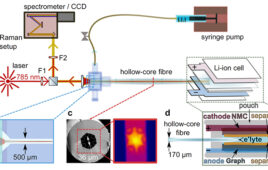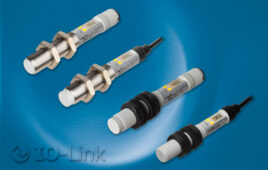No. It has nothing to do with drinking too many beers and getting a beer belly. Named after German mathematician and chemist, August Beer, Beer’s law (or the Beer-Lambert law) observes the linear relationship between absorbance and concentration of a dissolved substance in a solution and is usually expressed as:
A = a(λ) * b * c
Where:
A is the absorbance
a is the absorptivity and also represented by ε and called the extinction coefficient
b is the path length in the solution in centimeters, alternately expressed as l
c is concentration of the solution
Note: a and/or ε depend on the nature of the chemical and the wavelength of the light used. The λ subscript is often dropped when the value for ε is for a specific wavelength.
At low to moderate concentrations of absorbing species, most substances follow Beer’s law. However, in highly concentrated samples, the law may not be followed very well due to saturation effects, changes in the refractive index and other effects.
A modern absorbance spectrophotometer takes advantage of Beer’s Law to measure the fraction of the incident light transmitted through a solution. It can usually display the data as either transmittance, %-transmittance, or absorbance. Since Beer’s law is the direct relationship between absorbance and concentration, absorbance is a more useful mode for spectra than transmittance. An unknown concentration of a test sample can be determined by measuring the amount of light that a sample absorbs and applying Beer’s law. A common method of working with Beer’s law involves a graphing methodology.
In addition to research, spectrophotometers are also used in manufacturing processes.
Filed Under: Sensor Tips





I was thinking back to freshman chemistry many years ago before I realized that the absorbance was referencing light and not chemical absorbtion. Thanks for the reminder of interesting times.